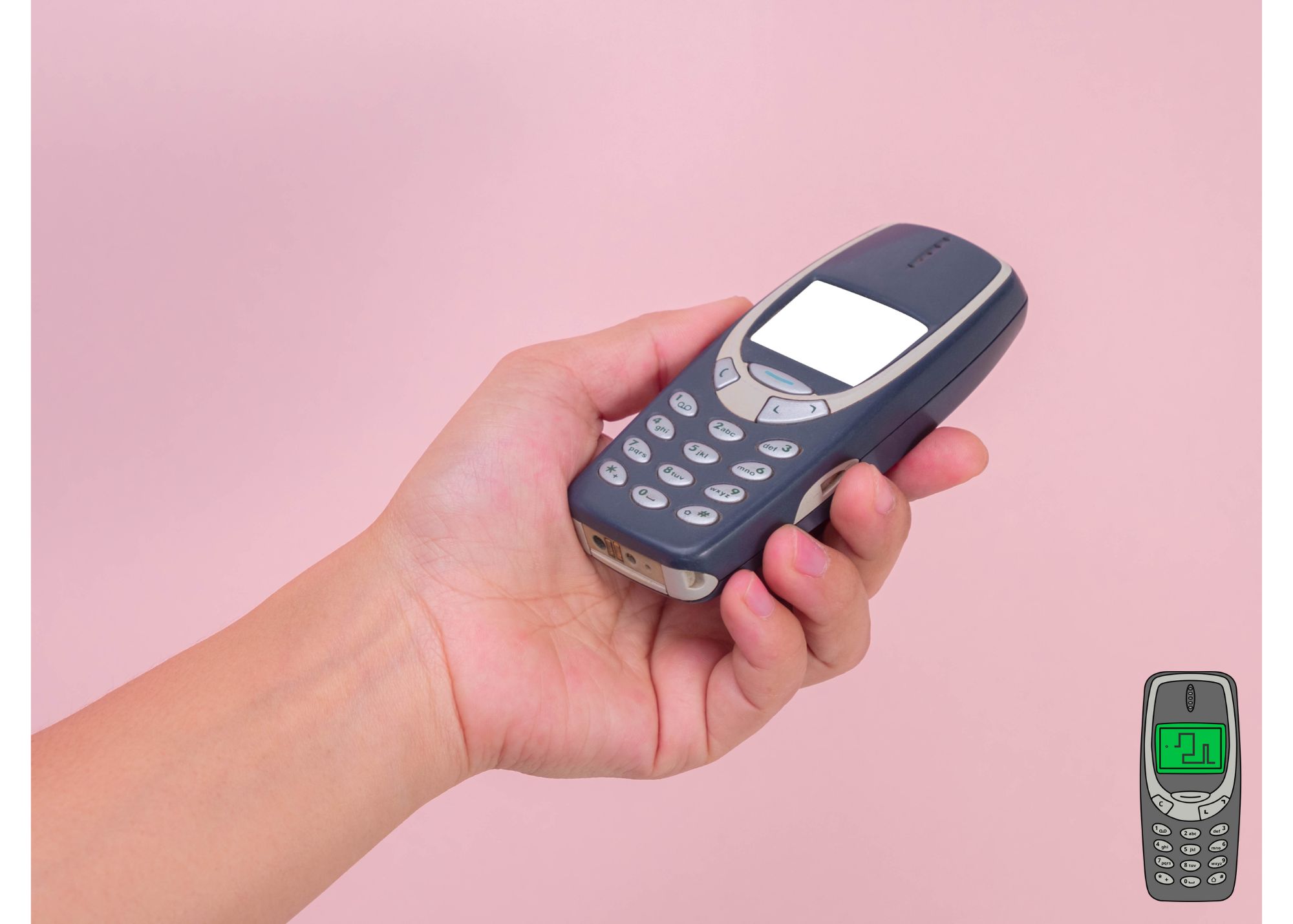Why This Billionaire Loaded Up Former Deadbeat Stock
Howard Marks has built his 50‑year reputation on buying what everyone else is overlooking and waiting patiently for the narrative to swing his way. So when Oaktree Capital’s first‑quarter 2025 filing revealed a brand‑new 18.8 million‑share position in Nokia (2 % of the equity book, at roughly $5 a share) many investors did a double‑take ,telecom hardware is hardly Oaktree’s home turf.
Yet Marks rarely makes whimsical bets. His memos argue that higher rates punish bubble pricing and reward cash‑rich, under‑loved franchises. Nokia fits that mould better than most people realize.
Key Points
- Despite its reputation as a legacy telecom vendor, Nokia generates strong free cash flow, holds €3B in net cash, and trades at a deep discount to peers.
- Nokia’s 5G patent portfolio spins off steady royalty revenue, now making up over a third of operating profit.
- Huawei bans are driving market share back to Nokia, while EU subsidies fund future tech like 6G and robotics.
Nokia’s Free‑Cash‑Flow Story Hides in Plain Sight
On the surface Nokia still looks like a cyclical equipment vendor battling tight carrier budgets. Dig a level deeper and the company is gushing cash.
In the March‑quarter Nokia converted €0.7 billion of free cash flow and finished with €3 billion of net cash on the balance sheet, leaving it one of the few big‑cap tech names with a fortress balance sheet.
At 12 times trailing earnings, Nokia trades at barely two‑thirds of Ericsson’s 20 times multiple and at a single‑digit multiple of free cash flow once you back out the cash hoard. That spread gives a margin of safety Marks almost certainly deems attractive in an environment where multiples across the market have crept back toward historical highs.
Patents: A Royalty Machine Most Screens Miss
Hardware may be low‑margin, but Nokia’s licensing arm is anything but. Years of R&D spending (€4 billion annually) have produced roughly 20,000 patent families, over 7,000 of which are deemed essential to 5G. These patents spin off steady, high‑margin cash regardless of how many radio units Nokia itself ships.
A fresh illustration arrived in January, when Samsung inked a multi‑year licence for Nokia video technologies on top of its existing 5G agreement. The terms are confidential, yet every deal like this turns intellectual property into annuity‑like revenue that cushions hardware swings.
Investors focused on base‑station volumes often forget that more than one‑third of Nokia’s operating profit now comes from these royalty streams.
Net Cash, Buybacks and a Growing Dividend
Marks loves companies that can pay him while he waits, and Nokia has silently become one. Management reinstated a dividend in 2024 and now targets an annual payout of roughly €0.16 per share, good for a forward yield above 3 % at today’s price.
The board is also mid‑way through a €600 million buy‑back authorised last year, shrinking the float at prices Marks clearly thinks are compelling.
Because Nokia runs with net cash, every euro of free cash flow can go to dividends, repurchases or bolt‑on R&D rather than servicing debt. That optionality is valuable if financing costs stay higher for longer, exactly the “sea change” Marks keeps flagging.
Geopolitics Have Turned Into a Tailwind
For a decade Huawei under‑priced European rivals and eroded margins. Security‑driven bans are reversing that script. In November 2024 Deutsche Telekom awarded Nokia a multi‑year Open RAN contract covering 3,000 German sites, explicitly replacing Huawei gear.
Similar phase‑outs across Germany and the U.K. are scheduled through the decade, effectively handing Nokia share it had ceded during the last cycle.
Every forced rip‑and‑replace order generates not just initial revenue but a decade of high‑margin software upgrades and services. Because carriers prefer multi‑vendor redundancy, even partial Huawei exits expand Nokia’s addressable market more than headlines suggest.
6G and EU‑Funded Moonshots Offer Free Optionality
The 5G build‑out is only half of Nokia’s story. Brussels picked Nokia to lead “SUSTAIN‑6G,” a flagship program that kicks off this year and runs through 2027 to shape the next wireless standard with sustainability at its core.
Two weeks ago Nokia was also tapped to head “PROACTIF,” an EU drone‑and‑robotics security project backed by the Chips Joint Undertaking, with potential spill‑overs into defence and critical‑infrastructure markets.
These consortia are effectively government‑subsidised R&D. They let Nokia seed emerging businesses, private 6G networks, edge‑AI, industrial robotics, burdening the balance sheet. Marks is known for valuing free options embedded in cheap equities; here he’s buying decades of future standards work at barely book value.
Efficiency as a Competitive Wedge
Energy costs matter when operators weigh vendors, and Nokia’s in‑house ReefShark system‑on‑chips cut radio power use by up to 30 %.
Deep‑sleep modes under Orange’s network save as much as 97 % during idle periods. Lower total cost of ownership gives Nokia pricing power even in lean cap‑ex years, a nuance lost on spreadsheets that treat all radio vendors as commodities.
What Marks Likely Sees That Wall Street Doesn’t
Quarterly traders obsess over mobile‑network orders, but Marks has always argued that sentiment cycles create bargains. Nokia’s network unit contracted 2 % last year, yet infrastructure and patent earnings soared, lifting overall operating profit and prompting one of the stock’s best days in years.
Still, the shares trade at 1.3 times book and roughly 1.4 times sales, multiples normally reserved for ex‑growth utilities.
Marks has repeatedly written that misery loves company so when an asset is hated, you don’t need heroic outcomes, just improvement from “terrible” to “average” to make money. With carriers signalling a modest rebound in North America, improvement seems more probable than perpetual stagnation.
Risks and the Margin of Safety
No thesis on telecom gear is complete without acknowledging spending pauses, pricing pressure and technology leaps.
If operators delay 5G density upgrades or if Open RAN commoditises hardware faster than Nokia can move up the stack, revenue could stall.
The flip side is that €3 billion of net cash, recurring patent royalties and moderate cap‑ex needs create a cushion few peers enjoy. That balance sheet gives Marks room to be wrong on timing without jeopardizing capital, a hallmark of his approach.
The Bottom Line
Howard Marks doesn’t court headlines. When he commits almost a hundred million dollars to a Finnish telecom stalwart, it pays to ask why.
The short answer is that Nokia offers the three ingredients Marks prizes: undervaluation, resilience and hidden upside. Cash throws off dividends and buy‑backs today; patents and EU‑funded moonshots widen tomorrow’s moat; geopolitical realignment adds call‑option‑like growth beyond that.
Wall Street still remembers the Symbian handset flame‑out of a decade ago. Marks, true to form, is looking at the cash flows, the patents, the balance sheet and the changing competitive map. If those fundamentals keep firming, the biggest surprise about his Nokia play may be that, once again, he was early rather than wrong.



